Strawberry festival is a fairly old and popular variety, which has positively proven itself in different regions, including with difficult climatic conditions.
Having worn and frost-resistant culture has a lot of advantages, thanks to which it became a welcome guest in garden sites and households. Ripening in large quantities of strawberry berries will delight in unique aroma and high taste.
How to grow festival on the strawberry site and what care is needed by many years of berry culture - read in this selection of material.
Strawberry Festival, description of the variety
A large strawberry, like all the varieties of this culture, is correct to refer to the strawberries, but the first its name has taken place in the use of gardeners and gardeners, so we will leave "conventions" and will use the familiar "strawberry" for us.
Strawberry Festival, history of origin
- Strawberry Festival was removed in the 60s by Russian breeders by crossing two varieties: "Abundant Strawberry" and "Strawberry Premier". His name variety was at the honor of the World Festival of Youth and Students, who passed in the country.
- The strawberry grade festival successfully passed all the trials, was included in the State Register of Promotion Science and Recommended for Cultivation in the 9 regions of the country, including in the Urals and Siberia.
- The derived variety of strawberries has increased frost resistance, but, unfortunately, it does not tolerate a hot dry climate. That is why, most often, the strawberry festival is cultivated in the central and northern regions of Russia. In the south, this variety is practically grown.
Strawberry festival, varieties
- Strawberry Festival refers to the varieties of medium-sized maturation time, when ripe berries begin to collect from the second half of June. More accurate terms for harvesting depend on the region of growing a berry culture and can vary within 1-1.5 months. So, for example, in the northern regions, the first berries begin to be clarified only in July.
- Given the repair properties of the variety, the culture is capable of multiple fruiting during one growing period. The process of fruiting is sufficiently long (it can continue until late autumn), the berries are collected in several techniques.
- The plant is a stripped, high, compact bushing with a thick rosette from numerous leaf of dark green coloring with cloths around the edges. The flowerons are thickened and strong, even withstand even the large berries of strawberries, while not running to the ground.
- Berries are located at the level of foliage, which provides them with good ventilation and maximum warming by sunlight. In addition, this (comfortable) location allows gardeners to easily and quickly collect ripened berries with a bush.
- The fruits of strawberries have the form of a "flat" major cone and bright red color. The presented variety of strawberries is considered to be a high-yield, since it allows you to collect from one bush to 0.5 kg of berries. The first berries are the largest, reach up to 45-50 g, follow-up - in bed, 15-20 g each.
- The pulp of berries is painted in the same bright scarlet color, it is dense, juicy, has high (moderately sour-sweet) taste. The berry is characterized by a slight amount of seeds that are not depressed in the flesh, but "lying" on the surface. Fruit is easily separated from the berry, which remains dry and clean.
- Due to the dense structure, ripe berries of strawberry festival are well transferred to transport, retain the form during heat treatment and long-term storage. Therefore, this variety is very popular among dachensors as an ideal product for transporting and cooking strawberry desserts.
- The plant is considered hardy and frost-resistant, which means to grow grade in almost any climatic conditions. These factors explains the widespread variety throughout the country.
- The strawberry variety of a festival chamomile gives a large number of fruitful bewater-red painting beaches, providing rapid reproduction of culture in the area.
- Berries are considered very useful and tasty, they contain natural sugars, folic acid, complex of valuable trace elements (iron, potassium, magnesium, calcium, phosphorus, sodium, zinc, silicon, copper) and vitamins (A, B, C, etc.).
- The only seizure of the variety is the low stability of representatives of the genus to a number of diseases: mildew, gray rot, verticile fading.
Strawberry Festival, Advantages and Disadvantages
Summing up all the above, it is possible to designate the strengths and weaknesses of the strawberry grade festival.
Validity of the variety:
- High regular yield.
- Good taste.
- Frost resistance and ability to rapid recovery after frost.
- Excellent transportability.
- Capacity for long-term storage.
- Largeness.
- Repair and long period of fruiting.
- Fast reproduction on the site.
- The ability to be fruit in lightweight.
Deadlifts:
- Low resistance to some diseases.
- Weak resistance to arid and hot weather.
- High demanding to moisture.
- A gradual bowel of berries in the process of ripening.
Where to buy strawberries festival?
- The presented variety is a fairly old, who has come down to us from Soviet times, and widespread in our country, so buying strawberry seedlings festival will not be difficult. You can buy young bushes of berry culture in a botanical nursery, at exhibitions fairs or in garden shops (including Internet networks).
- Gardening gardeners growing with strawberries Festival have 100% positive trend. Residents of many areas celebrate high endurance and unpretentiousness of the plant. In the horticultural forums you can find quite a lot of reviews and practical recommendations regarding the features of the cultivation of strawberry festival.
- Buying young seedlings of strawberries, you should pay attention to the following characteristics: the sapling must be at least 3-4 leaves; All parts of the plant should look healthy, without damage and signs of disease; Root neck without rotten, a thickness of at least 5 mm; The urine root system is well developed (about 10 cm), not drying (better with a lore land).
Strawberry Festival, landing features
- Grow any variety of strawberries, including strawberries Festival, in one site follows no more than 4-5 years. After that, the culture must be updated, planting young reproductive seedlings on a new bed. It is conveniently alternating two areas of strawberry cultivation, thereby providing the soil a periodic resumption of nutritional balance. After strawberries, the land should "rest" from plants of this family at least 2 years.
- To plant strawberries in open ground can be in several ways:
- ordinary landing, followed by regular quiet and soil loosening;
- landing with subsequent mulching of the site (hay, straw);
- landing into the openings of the film (or any other underfloor material) that does not require loosening, mulching and weeding.
Strawberry Festival Terms
- A favorable time for planting strawberries is an early autumn (usually September) or spring (during the establishment of steadily warm weather). It is best for planting plants to choose a cloudy day, after the rain. If, after planting, young strawberries are predicted freezing, bedding is better to cover the film.
- For the spring planting, strawberry seedlings dig later in the fall and sent for storage in a cool place, for example, in a basement.
- Place for planting varietal strawberries should be well lit and windless. Light halftime is also allowed, for example, under openwork shadow of garden trees. In the thick shadow, the culture reduces the yield, flavoring worsen and increase the risks of fungal diseases.
- Optimal soil for strawberries are loose loams or studs with a weakly acidic reaction of the medium. When choosing a plot for planting a berry culture, it is also important to take into account the level of groundwater occurrence. Water should not be above 80-100 cm from the surface of the Earth.
- The best predecessors for planting on the bed of strawberries will be such vegetable cultures: carrots, dill, legumes, beets or parsley. Do not land a strawberry after potatoes, raspberries or tomatoes, since these plants have common diseases and pest insects.
- To save place, in rows between the bushes of strawberries, greenery landing is allowed: garlic, onions, dill, cumin. In addition, fragrant "neighbors" will scare pests from strawberry beds.
Agrotechnology landing strawberries festival
- To plant the seedlings of strawberry festival pre-prepare the plot: dripping, weighing weeds and fertilize. As a fertilizer, you can use both the organic organics (manure, peat, wood ash, humus) and mineral complexes (superphosphates with potash fertilizers).
- You can plant young seedlings both in trenches (rows) and separate bushes, in shallow (up to 10 cm) pits.
- A predetermined green mass of strawberries are cut off, leaving only 3-4 largest healthy sheets. The roots are also cut down a bit (leaving no more than 10 cm) so that the plant will become faster in the ground.
- Locking the plant, it is important to straighten and vertically place the roots of the seedling in the well. The well must be moistened.
- Strawberry bush exhibit, sprinkled with soil, compact and wipe well. The root neck, with the right landing of the bush, should be at the level with the surface of the Earth.
- Strawberry seedlings landing schemes can be different. The most popular and economical configuration - 30x30 cm. Under conditions of sufficient space, the landing is practiced according to the 50x50 cm scheme or 60x60 cm so that the bushes do not infringe each other, have good ventilation and warmed up the sun from all sides. Greens grown in aisle.
- For breeding strawberries, seedlings are planted according to the 60x20 cm scheme, leaving a larger interval in a bent, where the plant will begin to "start" the mustache to root.
- After planting and irrigation, the garden is mounted with straw, hay or humus.
Strawberry festival, care features
To care for strawberry plantation is not difficult. The plant needs regular irrigation, periodic weeding and feeding fertilizers. At the 4th year of culture of culture, the yield begins to subsoine, which indicates the need to update the culture on the new plot of land.
Consider key conditions for the proper care of strawberry festival.
Watering and loosening strawberry festival
- Strawberry is considered a very moisture culture that needs regular irrigation. The average irrigation rate is considered to be 1 time per week in spring (sometimes less often) and 2 times a week in summer (subject to the absence of natural precipitation and dry weather). Slightly moistened soil is the main tester of sufficient plant to ensure the melting moisture.
- It is especially important often and abundantly watering a bed with strawberries during the period of bootonization and flowering. From this will directly depend on the yield of culture. Moreover, at this time, strawberry bushes are needed strictly under the root, not allowing moisture from entering buds, flowers and berries. When the fruits begin to ripen - watering reduce.
- The error of many novice gardens becomes cessation of irrigation after harvesting. In the fall, the plant should also be water, although less often than it was done in the summer. During this period, the bush is restored after fruiting and laying of future flower kidney.
- Watering is carried out in the morning or in the evening, better than stealing water.
- The optimal solution for regular moisturizing strawberries is the construction of drip irrigation.
- Good results gives mulching of strawberry beds by any suitable material: straw, hay, compost, grass or humus. The mulch prevents rapid evaporation of water, retains the wet microclimate, suspends the growth of weed grass and provides clean, non-pued in the ground, berries.
- Strawberry reacts negatively to weeds, therefore it is necessary to regularly pour and loose aisle, improving air circulation in the soil and destroying the weed plants - "competitors". Ruffle (in the absence of a mulching layer) is carried out every 10 days.
Feeding and fertilizer of strawberry festival
- With the feeding of strawberries should be careful, since the oversupply of nutrient elements provokes the growth and development of green mass, and not long-awaited delicious berries.
- For the grade of strawberry festival, it is enough to carry out 3-4 feeding for the entire growing season.
- The first feeder is carried out early in spring, after thawing the Earth. For these purposes, the plant is shed with urea solution, at the rate of 50 g of the drug on 10 liters of water.
- The second feeding falls on a period of flowering. Finished complex fertilizers are used (for example, "Ferctik") or an organic agent (compost, humid, a bird litter solution).
- Organic fertilizers will be appropriate and after harvesting, to restore sprouting bushes.
- The last feeder is carried out in the fall, on the eve of winter cold. The mixture is suitable (in equal proportions) of superphosphate and potassium sulfate, which is scattered under the bushes of strawberries.
- The feeders are always entered after irrigations.
Pruning strawberry festival
- A feature of this variety of strawberries (especially in the first year of landing) is the active growth of the mustache, which appear even before the berries themselves.
- Rising mustache must be cut off, otherwise it will entail a reduction in yield. Berries will not have enough nutrient elements, and they will ripen small and not so delicious.
- During the growing season on the bushes, strawberries are removed yellowed, dry and "not healthy" leaves. The lower foliage, closely in contact with the Earth, is also better to destroy so that the plant will not be infected with fungal infections.
- Regarding the trimming (mowing) of the green mass of strawberries for the winter, the summer houses and gardeners are several opposite opinions. Some believe that pruning allows to avoid infection with diseases and reduce the likelihood of pest proliferation; Others assure that such a cardinal haircut of foliage weakens the plant, especially before the start of winter.
Fighting diseases and pests of strawberry festival
- The strawberry festival may be affected by such diseases as: white and brown spotting, phytofluorosis roots, gray rot, verticile wiping.
- The manifestation of spots is accompanied, respectively, the name of the disease, the appearance on the foliage of the strawberries of whiten or brown spots, which in time increase in size, and the leaves begin to dying.
- With the root of the roots of phytoofluorosis, the strawberry bustice begins to "chant": yellowing, not developing, berries will be formed small, with brownish spots. The roots of such a plant acquire a characteristic brick-reddish color.
- With a sulfuric rot, strawberry fruits are covered with fluffy sizogo color, provoking further rotting berries. The development of this disease contributes raw weather conditions.
- The vertical wilting is manifested by the appearance on the leaves of brown spots, after which the foliage gradually dies, and the bush himself fades. The affected bushes of strawberries are destroyed, and the rest of the area is treated with burgundy liquid, "Fundazole" or biopreparations ("phytoosporin", "phytodoculator").
To protect the plantation of strawberry festival from the above "ailments" it is important to comply with a number of preventive measures:
- To withstand a certain crop rotation and not grow strawberries after (or near) unsuitable plants.
- Planting strawberry fragrant plants (onions, garlic, dill, velvets, calendula), screking unwanted insects.
- In the spring, remove old leaves, winter mulch, and soil loose down to a depth of about 10 cm with simultaneous watering burgundy liquid or copper vitrios.
- In the fall, it is recommended to process the soil specifically cooked mixture (on the floor of the water bucket add 2 tbsp. Vegetable oil, 1 tbsp. Liquid soap, 1 tbsp. Wood ash and 1 tbsp. Vinegar). After 10 days, the soil is additionally spilled by burgundy fluid.
- Every 4-5 years, the old garden is drunk, sick copies are destroyed, young healthy seedlings are planted on a new plot.
- During harvest, it is necessary to collect not only healthy berries, but also bother or dried specimens.
- If the first signs of fungal disease appeared, the plant is treated with chemical fungicidal drugs. The solutions "HOM", "TopSin M", "Sorrow", "Ridomil", "Dryosal" with repeated spraying after 1.5-2 weeks.
- From pests on the strawberry, such insects are most often found: strawberry ticks, slugs and raspberry-strawberry weevil.
- Strawberry tick is a microscopic insect, which can be seen on the inside of the bush (in young leaves, buds, kidneys). Ticks suck the juices of the plant, why the bush looks deformed and underdeveloped. Insecticidal preparations, such as Aktellik, Iskra M are used to combat pests. The spraying of the bushes with 70% solution of colloidal sulfur is also suitable.
- Wevons pierce their trumps strawberry buds and put eggs there, after which the larvae begin to eat the contents. Naturally, from such buds no longer mature strawberry berries. To combat pests, the plant is treated with an insecticidal preparation "KUPROS" or "INTAVIR". Spraying spend early spring and late autumn.
- If ants appeared near the strawberies' bushes - the land in this place is poured soda.
- Slug strawberry harvest can also slug or snails. These clams need to be collected manually or installed traps. Effective method is also the processing of the Earth Soda.
Preparation for Winter Strawberry Festival
- The frost-resistant strawberry grade festival does not need special shelter for the winter.
- The only exception is the onset of strong frosts without snow coverage. In such cases, bedrooms with strawberries are covered with noodle branches, straw or dry leaves.
- Early spring any "shelter" is removed that the strawberry bushes are not sick.
Festival strawberry harvest
- Collect ripe berries is best in the morning when the dew rushed, and the sun does not warm up in full force.
- Collection of strawberry fruit exercise every 2 days. Berries can be stored no more than 2-3 days, they can be frozen or prepare sweet desserts from them.
Strawberry reproduction festival
Strawberry breeds vegetative (with a mustache) or seed methods. The easiest way to breed the culture of the mustache, since the seed method of reproduction is longer and time consuming.
- For breeding strawberries, the largest yields are chosen by the largest yields, which completely remove all the blooms. In this state, the plant will "throw out" a lot of mustache and shape powerful strawberry outlets. Leave the longest shoots (no more than 3), the rest is better to cut. The rooted young bushes are separated from the parent plant and disembark separately.
- The seed method of reproduction does not guarantee full compliance with the maternal variety. Festival strawberry seeds are sown in February or in March in a light soil substrate, covered with glass and germinate, after which the seedlings are peeling into separate containers. The seedlings are important to provide a light warm place, regular moisturizing and ventilating (until the seed germination opens a container daily). In the development phase of 3-4 leaves, young bushes are transplanted into open ground.
Thus, the domestic variety of strawberry festival does not lose its "positions" for many years. Strong powerful bushes with an abundance of delicious berries easily transfer Russian frosty winter. Observing the key rules for planting and care of the berry culture, the owners of this strawberry variety will be able to annually receive rich yields of useful berries.

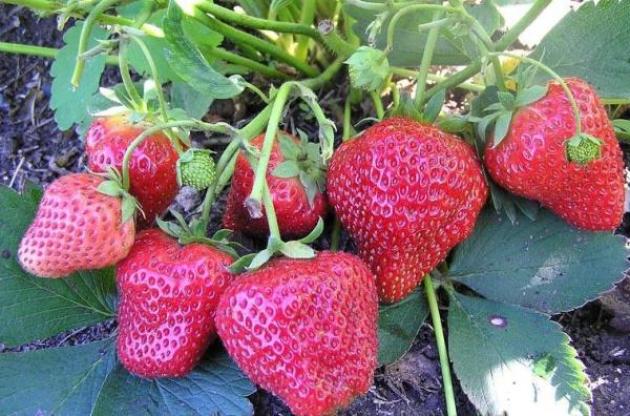
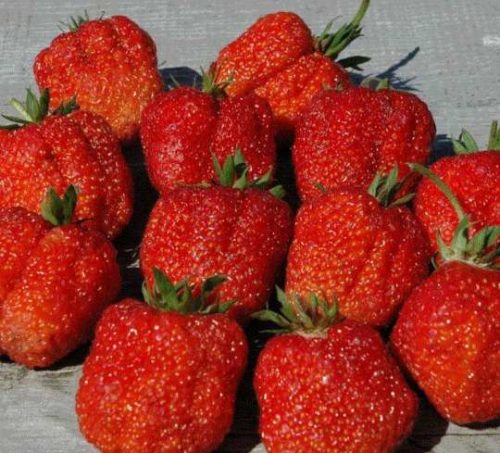




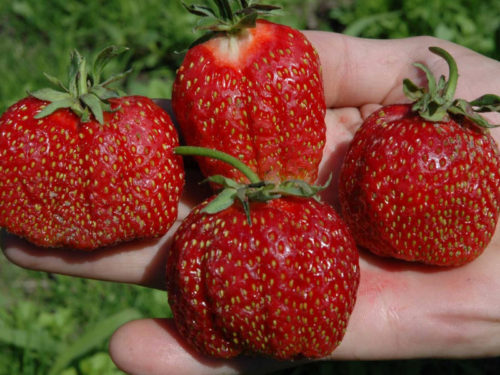
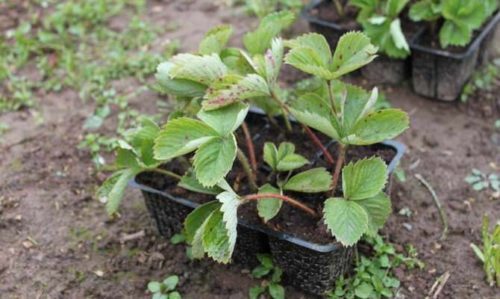
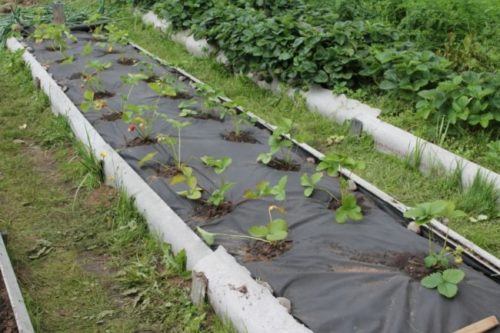

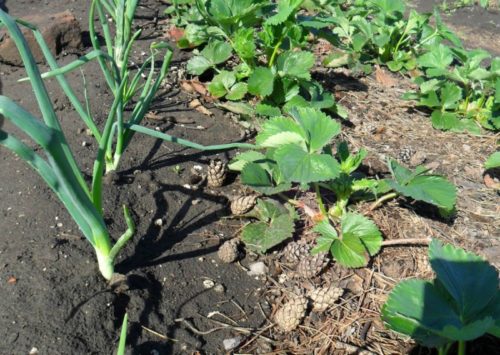
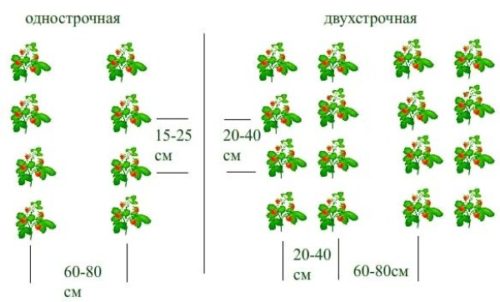
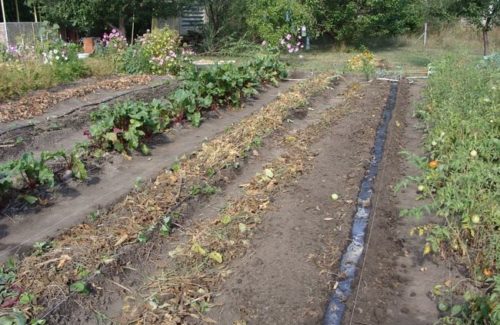
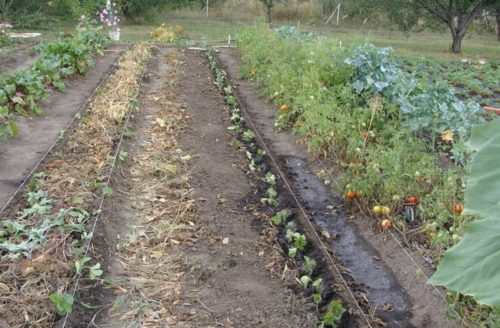

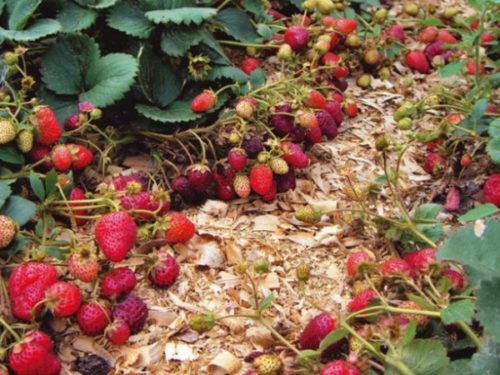


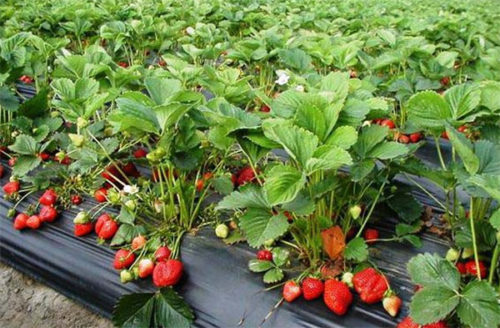
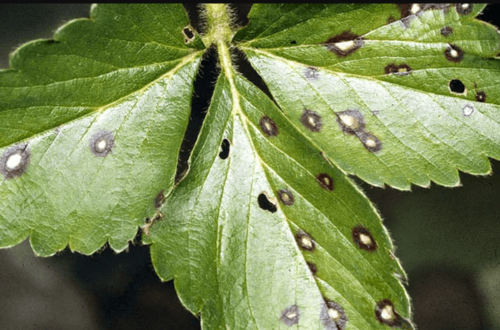
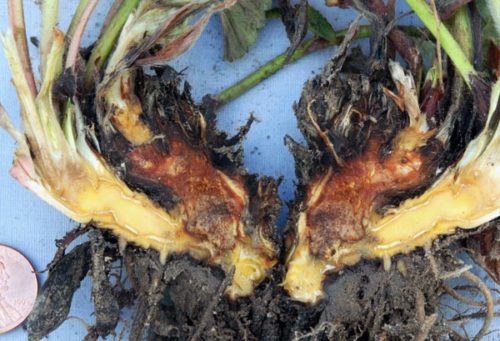
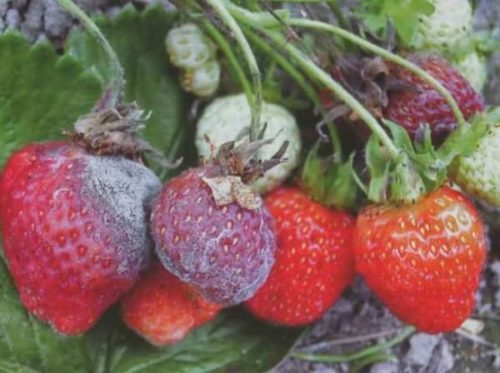
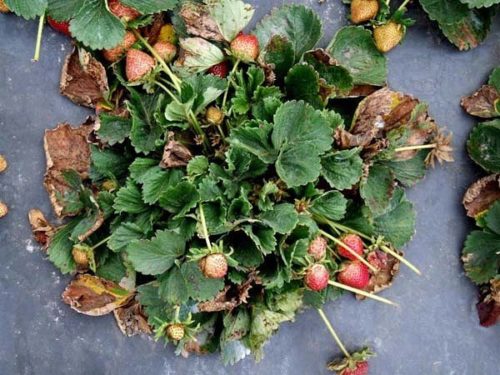
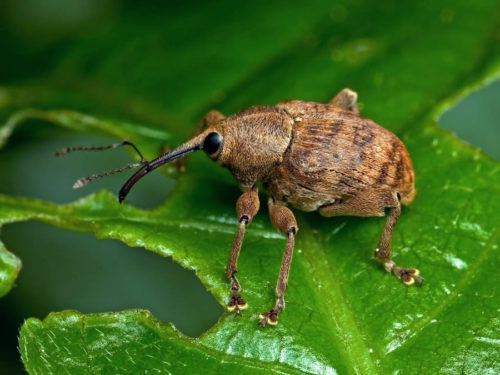



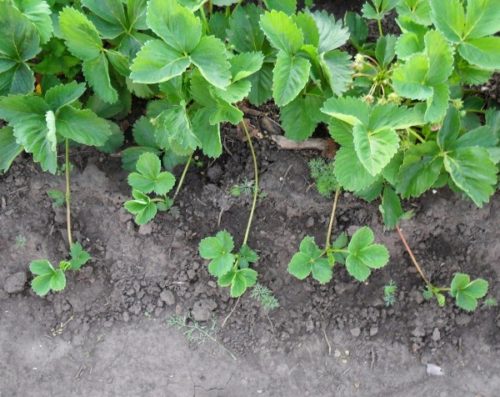
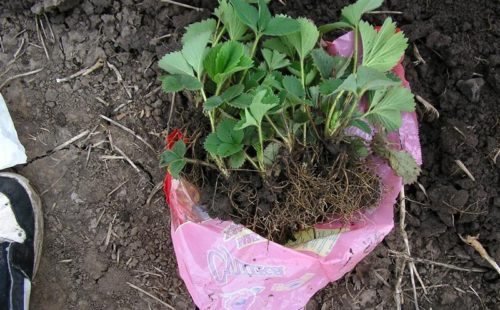
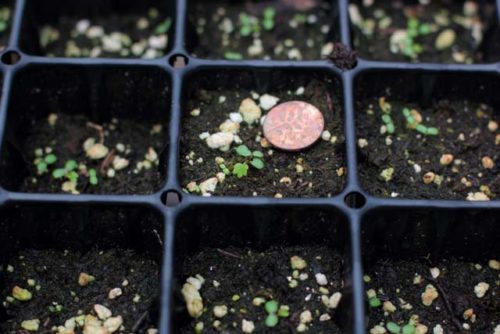

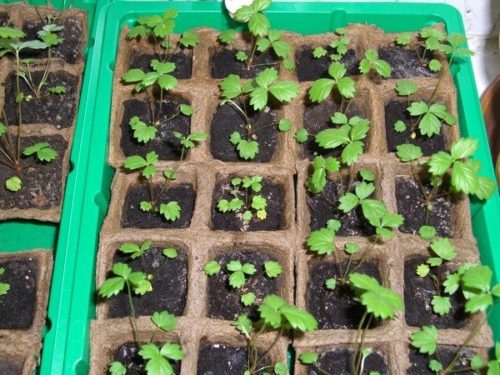


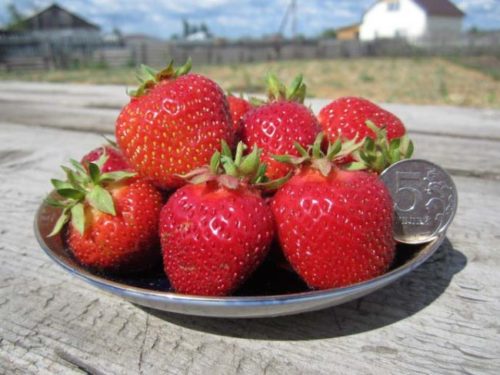
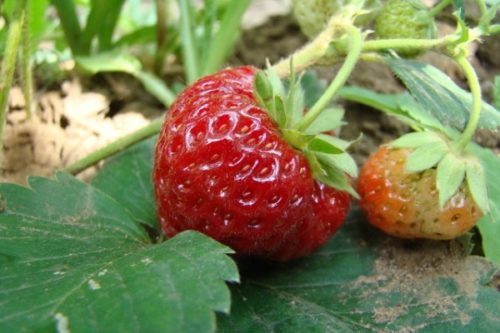

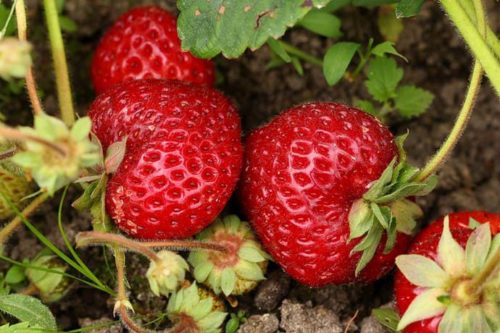
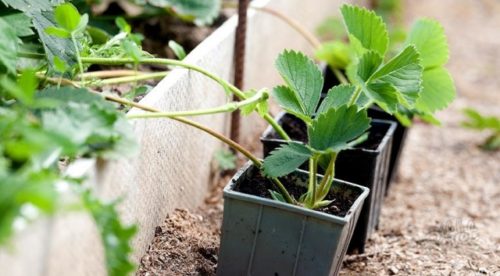
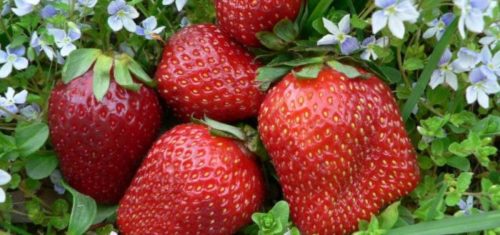
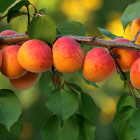


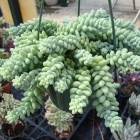
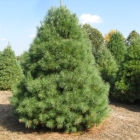
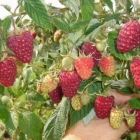
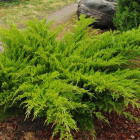





 Start a discussion ...
Start a discussion ...